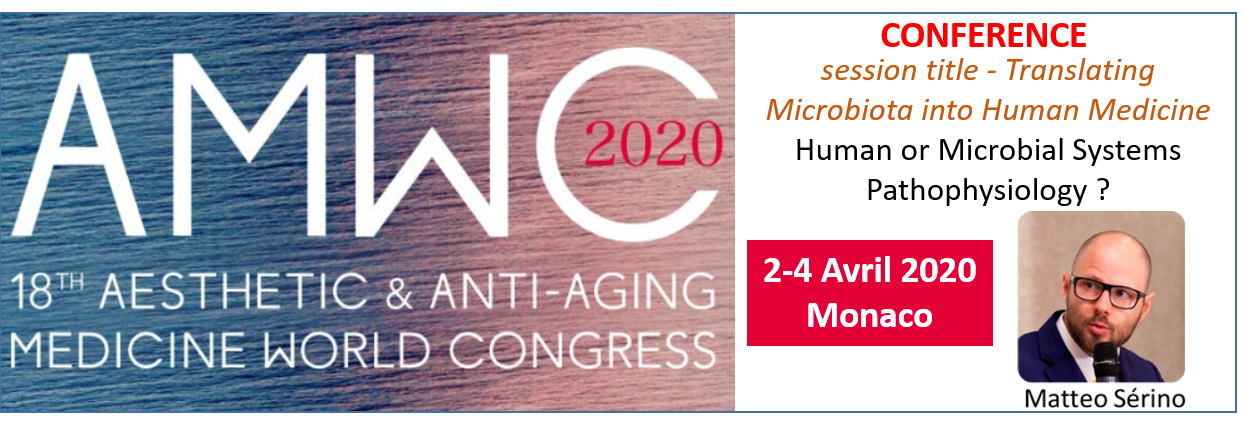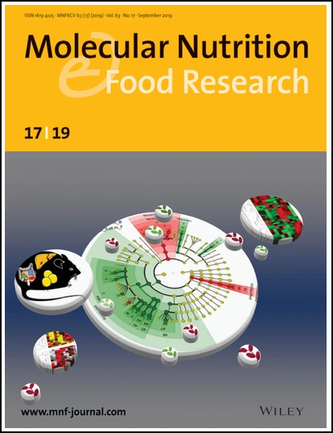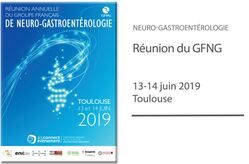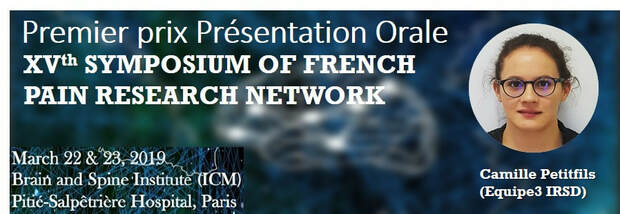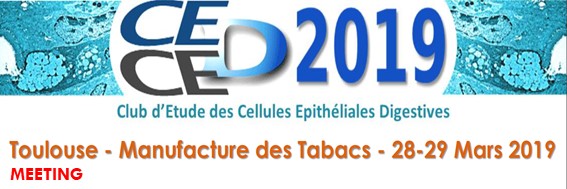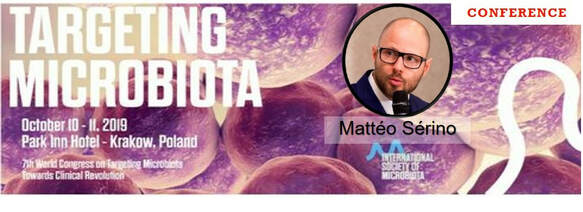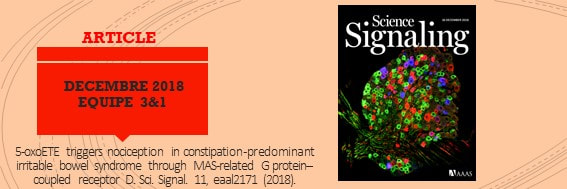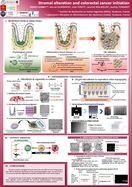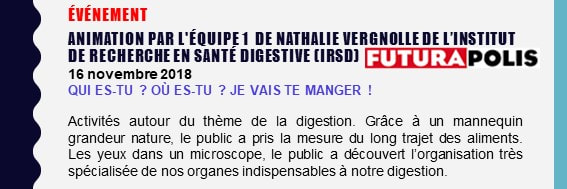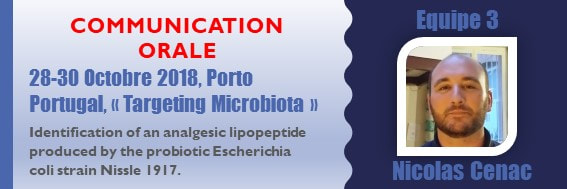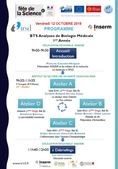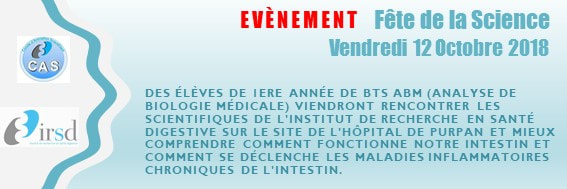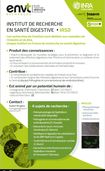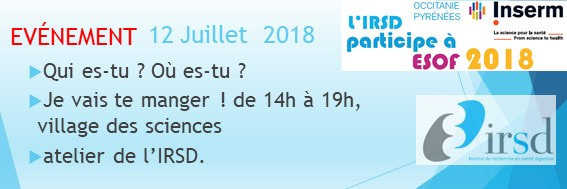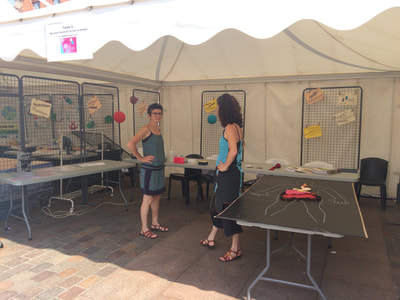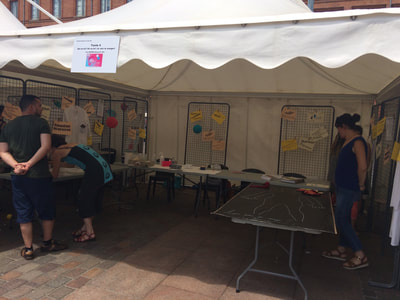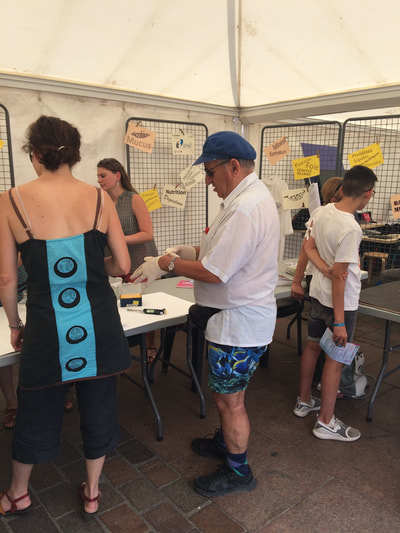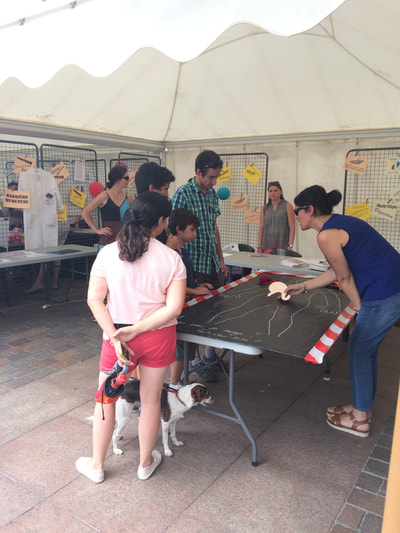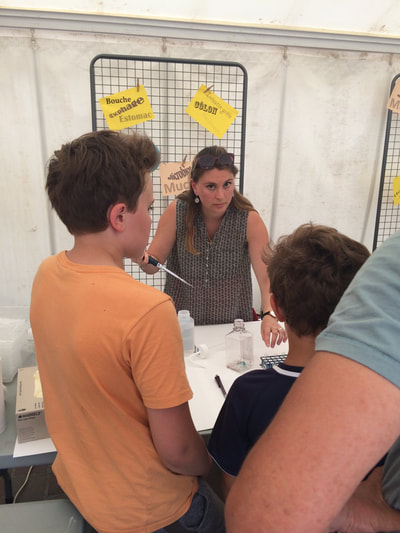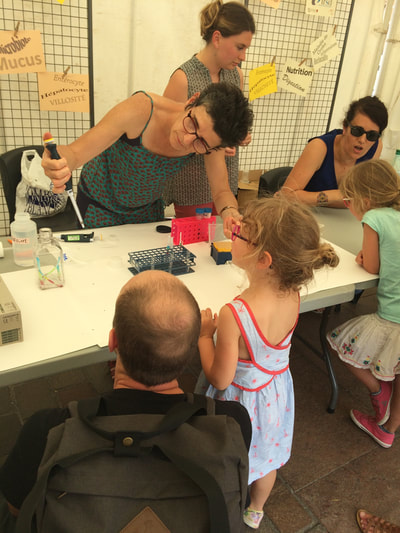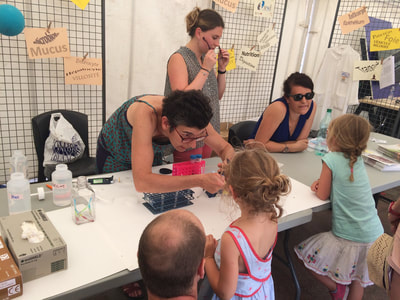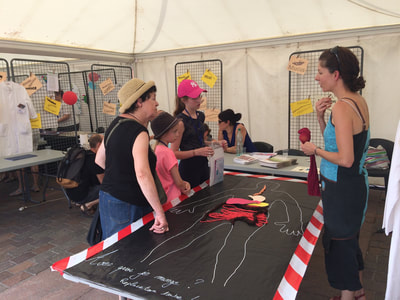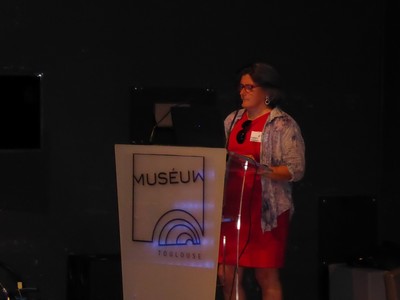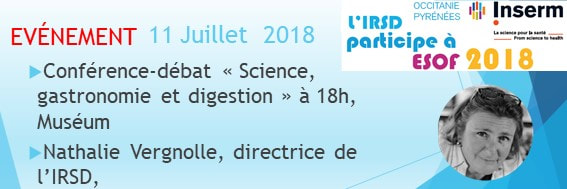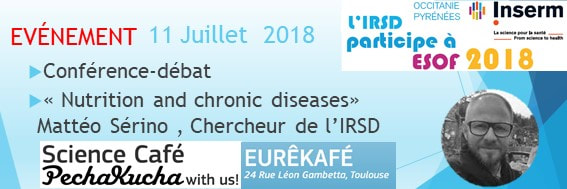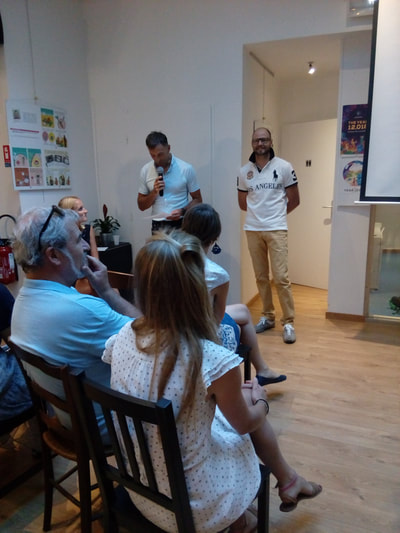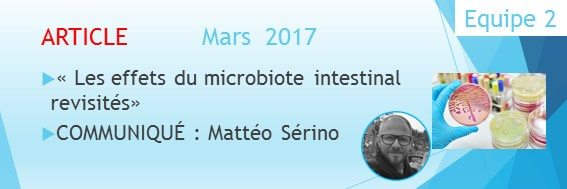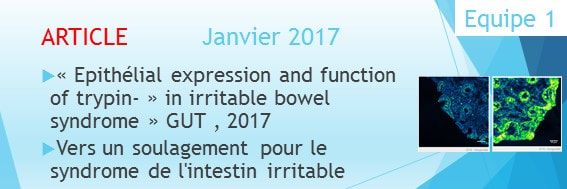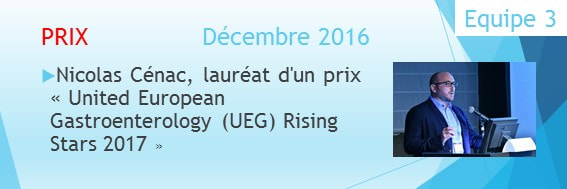PUBLICATION 2022 : TEAM2
évènements
|
SÉANCE DE THÉÂTRE-FORUM SUR LES VIOLENCES SEXISTES ET SEXUELLES AU TRAVAIL - 12 AVRIL À 14H
Une représentation de théâtre-forum sur les violences sexistes et sexuelles au travail se déroulera le mardi 12 avril de 14h à 16h30 à l'Espace des diversités et de la laïcité (38 rue d'Aubuisson à Toulouse). Cette action est portée par l'Inserm en partenariat avec le CNRS, l'INRAe, l'IRD. Inscription obligatoire auprès de : [email protected] |
PUBLICATION 2022 : TEAM2 Wild boars as a reservoir of new pathogenic bacteria
|
|
|
www.inrae.fr/en/news/wild-boars-reservoir-new-pathogenic-bacteria
PUBLICATION 2021: TEAM1 & TEAM 6
Le ciblage de l'hyperactivité de l'ELA2A doit donc être considéré comme une cible thérapeutique potentielle des MICI.
PUblication 2021 TEAM2
|
Une toxine à l’origine de dommages à l’ADN retrouvée chez des patients souffrant d’infections urinaires
Communiqué mis en ligne par le Service de Presse INRAE le 26/02/2021. Les infections urinaires touchent plus de 50 % des femmes, dans certains cas de manière récurrente. La bactérie E. coli est très souvent impliquée dans le développement de ces infections. Pour la première fois, des scientifiques de l’Inserm, du CHU de Toulouse, d’INRAE, de l’Université Toulouse III – Paul Sabatier et de l’École nationale vétérinaire de Toulouse ont identifié la présence d’une toxine produite par ces bactéries dans les urines de patientes, qui aurait pour effet d’endommager l’ADN des cellules de la vessie. Ces résultats ouvrent la voie à de nouvelles réflexions pour affiner la prise en charge des patientes sujettes à infections urinaires récurrentes. L’étude est publiée dans Plos Pathogens le 25 février 2021. Parmi les retombées : "Cette toxine qui pourrait endommager l'ADN chez des patients souffrant d'infections urinaires" (Capital.fr 24/02), "Infections urinaires à répétition : une nouvelle piste pour les éliminer définitivement" (Pourquoidocteur.fr 26/02), Topsante.com 26/02, "Infections urinaires : responsables d'un risque de cancer de la vessie ?" (Destinationsante.com 04/03). Dans un article de presse régionale, "Infections urinaires : découverte d’une toxine qui endommage l’ADN", explications du Pr Eric Oswald (La Dépêche du Midi 03/03). Entre autres retombées dans des médias régionaux : Leprogres.fr 03/03, LeTelegramme.fr 04/03, Lindependant.fr 06/03. 28 retombées médias traditionnels (1 presse, 27 web), 6 médias sociaux Consulter la revue de presse |
|
Prix and Distinction
PUBLICATION: gastrointestinal biofilms in health and disease
|
|
Communication grand public
|
|
Une visite de l'Institut de recherche en santé digestive guidée par Nathalie Vergnolle, directrice de recherche à l'Inserm et directrice du laboratoire.
Qu'est-ce qu'un organoïde et comment l'utilise-t-on pour mieux comprendre les maladies digestives ? Audrey Ferran, chercheure Inserm nous parle de son application dans le cancer colorectal et Nicolas Cénac, directeur de recherche Inserm de ses travaux sur la douleur viscérale. |
Conférence 2020
Communication grand public 2020
|
|
PUBLICATION : Deciphering the interplay between the genotoxic and probiotic activities of Escherichia coli Nissle 1917, Plos Pathogen
|
|
|
PUBLICATION & Front Cover: A Two‐Week Treatment with Plant Extracts Changes Gut Microbiota, Caecum Metabolome, and Markers of Lipid Metabolism in ob/ob Mice
|

In article number 1900403, Matteo Serino and co‐workers find that in ob/ob mice, a two week treatment with plant extracts affects gut microbiota, caecum metabolome, markers of plasma lipid metabolism, as well as white adipose tissue and liver gene expression. These findings are depending on both the nature and dose of the tested extract.
Les prébiotiques sont, à l’heure actuelle, un des traitements privilégiés de certaines maladies métaboliques, puisqu’ils restaurent l’équilibre du microbiote lorsque celui-ci dysfonctionne et améliorent le métabolisme de l’organisme. Ces molécules nécessitent cependant d’être utilisées à des doses élevées, ce qui peut générer ballonnements et flatulences chez les patients. Une équipe de recherche dirigée par Matteo Serino, chercheur Inserm au sein de l’Institut de recherche en santé digestive (Inserm/Inra/ENVT/UT3 Paul Sabatier), vient de mettre en évidence chez des souris obèses/diabétiques que trois extraits de plantes présentaient des effets prébiotiques, pour un temps de traitement et à des doses inférieurs à ceux en usage aujourd’hui. Pour Matteo Serino, la question qui se pose est : faut-il revoir le protocole d’administration des prébiotiques ? Ces résultats sont publiés dans Molecular Nutrition & Food Research.
|
Publication
|

The story outlined in our latest Nature Communications paper (https://www.nature.com/articles/s41467-019-11140-w) began from previous work in the lab (Pathophysiology of intestinal epithelium, Institute of Digestive Health Research, Toulouse, France) demonstrating that thrombin activity was released by healthy human colonic biopsy ex vivo.
The full picture now started to get a frame: epithelium continuously produces thrombin as active protease, which cleaves matrix-associated protein of biofilms, a function that help to shape a normal microbiota biogeography at the mucosal surface of the intestine. Epithelial thrombin is a thus major player of mucosal homeostasis. Nevertheless, having proposed a new link between epithelial proteases and microbiota might generate future exciting studies, as we found in the lab that intestinal epithelium is the source of few other serine proteases. We also expect this study to have a strong impact beyond the gastrointestinal tract as we detected thrombin not only in gut epithelia, but also epithelium from the bladder, lungs and skin! Truly fascinating! Link to paper: https://www.nature.com/articles/s41467-019-11140-w |
PRIX
|
|
|
|
|






